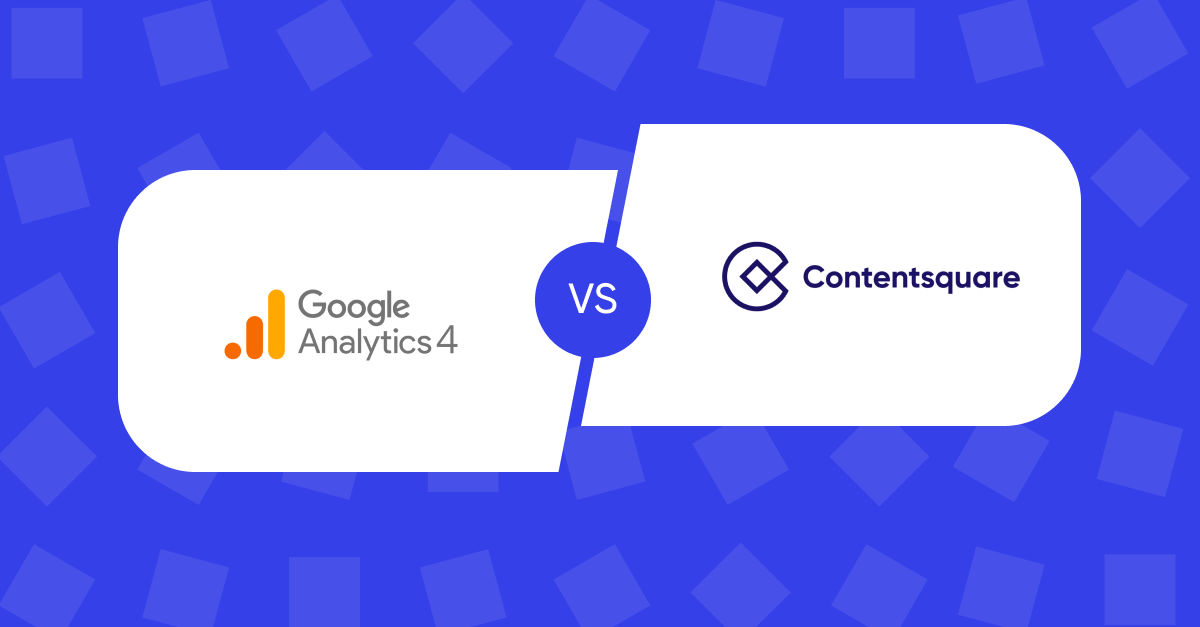The Era of Omnichannel eCommerce Experience Has Arrived

- How do you incorporate Yves Rocher's core values into your eCommerce strategy?
- eCommerce has grown at an unprecedented rate this year. How have you captured this new influx of digital traffic?
- What lessons can you draw from this for the future?
- What are the biggest eCommerce challenges facing your brand today?
- In your opinion, what is the optimal digital experience?
- So, how will it evolve over the next few years?
- What advice would you give other brands looking to accelerate their own digital transformation?
- And looking further ahead?
At a time when the boundaries between online and offline are no longer so clear-cut, what omnichannel strategies should you put in place to speed up your digital transformation? We sat down with Kuider Akani, Global Chief Digital & eCommerce Officer at Yves Rocher, a worldwide botanical-based cosmetics and beauty brand, to hear his perspective on what role eCommerce should play in brands’ omnichannel strategy.

About Kuider Akani
Kuider Akani is a digital and marketing expert with over 25 years of experience. Having worked for B2C brands in various sectors including retail banking (Société Générale), direct banking (ING Direct), online betting (PMU.fr), fashion retail marketplaces (Videdressing.com), and cosmetics, Kuider has had several successful digital business launches under his belt in competitive markets.
As Chief Digital & eCommerce Officer for the Yves Rocher brand, he leads the company’s digital transformation with a particular focus on developing eCommerce, improving the mobile-centric customer experience, and advancing media and social media strategies. He coordinates digital business in more than 30 markets across Europe, Asia, and America.
How do you incorporate Yves Rocher’s core values into your eCommerce strategy?
The Yves Rocher Group’s mission is to reconnect people with nature. As pioneers and inventors of botanical-based cosmetics, our role is to give back to nature what it has given to us.
Historically, the Yves Rocher brand’s other distinguishing features are its knowledge of and proximity to the end-user.
Lastly, it’s an accessible brand. It has a range of quality products and services at affordable prices for every woman and has a widespread presence, with over 2,500 stores and 23 eCommerce sites worldwide.
Of course, this commitment is reflected in all of our eCommerce sites around the world.
eCommerce has grown at an unprecedented rate this year. How have you captured this new influx of digital traffic?
Even though this situation was difficult to anticipate, we’ve been working for the past three years to put a fundamental eCommerce strategy in place to enable the brand to expand and to make eCommerce a major future driver of growth.
First, we’ve built one single eCommerce platform for the 23 sites we run worldwide. This means we can significantly improve the digital customer experience and go beyond mere sales efficiency. We can now benefit from a more solid foundation on which to build our future omnichannel experience.
It was also a matter of developing online customer journeys with a mobile-first logic, not only to be more efficient commercially but also to embody the brand DNA that is so inherent to Yves Rocher. Our sites will gradually become richer in content and services to reflect our mission: to reconnect people to nature.
We’ve also focused on our media and social media strategy to ensure it’s giving us a good return on our investment. Our active presence on the major social platforms means we can achieve a good performance level. The brand can now interact with our almost 13 million fans and followers on Facebook, Instagram, and YouTube.
Finally, we created teams of influential digital experts in all the different countries where we operate. These teams all rely on the same best-in-class technological solutions.
All of this groundwork has enabled the brand to be better-equipped than its competitors to take full advantage of this extraordinary time and the high growth of online business. However, we still have a lot of work to do to become the best.
What lessons can you draw from this for the future?
I have learned five major lessons from this time. The first is that consumer behavior has changed: some users have bought products and services online for the first time, and this behavior will, in part, continue.
The second lesson is that there is enormous potential for eCommerce growth for the Yves Rocher brand.
In particular, this is based on the growth of the online cosmetics market that has continued to increase in significance over the past five years in all the countries where we have a presence. That, combined with the brand’s historic expertise in D2C.
Our websites have received massive increases in traffic, boosting conversion rates 2 or 3 times and growing online sales between 30% and 300%, depending on the country.
On the other hand, brands will have to quickly raise their game when it comes to delivery (e.g., delivery tracking, click & collect, and e-booking) and payment (e.g., wallet and guest checkout) to meet customer demand.
Lastly, the most ambitious eCommerce brands will have to learn to work with increasingly powerful external digital partners (social media platforms, marketplaces, and super apps) who have already preempted between 50% and 80% of the eCommerce market, depending on the region.
Asian platforms use native commerce and US players are starting to use transactional features that show that they’re not willing to give up the fight.
What are the biggest eCommerce challenges facing your brand today?
For the Yves Rocher brand, eCommerce is one of its largest growth levers. The brand currently distributes its range through four channels: eCommerce and social selling through ambassadors, stores, and the old-school channel of mail order.
When it comes to eCommerce, which represented 8% of brand sales in 2019, we think its share will double in 2020, and it has significant growth potential in the future.
To build up eCommerce, despite everything we’ve already done, we still have work to do in some areas of the customer experience.
Mobile is a crucial aspect. There is a balance to be found between building a smooth customer journey and maintaining lots of features to implement transactional and omnichannel mobile applications in the future.
An enhanced digital customer experience should reflect the brand promise through enriched content.
In-depth work also needs to be done in payment and delivery areas, which are key to hitting the mark.
Lastly, we need to work on better digital integration at our points of sale. We’re currently testing a live stream video service in Sweden, which will enable a customer to connect to a beauty consultant and purchase products remotely.

A customer video chatting with an Yves Rocher consultant for a remote product demo
In your opinion, what is the optimal digital experience?
More than anything, the optimal digital experience is a frictionless journey – from product research through to purchase –personalized according to consumer profile and behavior.
That said, the digital experience is constantly evolving!
So, how will it evolve over the next few years?
Hyper-personalization of content and the journey is also crucial, as well as embodying the brand’s mission: to reconnect people to nature.

Yves Rocher’s three-pronged approach to eCommerce: mobile-centric, omnichannel, and hyper-personalization
We’re going to highlight our expertise in botanicals-based cosmetics by displaying our products’ composition and formulation clearly and openly.
Digital eco-design (reducing page weight, iterations, a test & learn approach before development, and limiting server calls) will be at the core of our strategy.
What advice would you give other brands looking to accelerate their own digital transformation?
Any eCommerce business must be based on solid cornerstones, which are as follows: a stable and scalable technical platform; a constantly-optimized customer experience enriched with features and content specific to the brand’s DNA; a user acquisition strategy guided by your brand’s value proposition for both new and existing customers; an enriched CRM that goes beyond conventional emails; an active presence on social platforms or marketplaces to reach and capture new audiences; a company culture driven by efficiency, innovation, and solution optimization; and, ongoing research into consumer insights through consolidated omnichannel data.
And looking further ahead?
As we’ve seen this year, the world as we know it can be disrupted at any time. We have to stay agile to be able to grow in extraordinary circumstances.
We also need to remember that, to some extent, brands are in sole control of their digital customer experiences.
While many European and American brands are developing their own eCommerce sites, it’s important to note that major eCommerce platforms are making their own rapid progress. For example, social media platforms are gradually adopting features that can lead to transactions and Amazon has already preempted 50% of eCommerce in this area.
In Asia, marketplaces such as Alibaba, Lazada, Shopee, and super apps like Wechat and Line already represent nearly 80% of Asian eCommerce, and they are looking to expand further.
Against this backdrop, brands will have to draw a fine line between a proprietary customer experience they control and a fluid customer experience managed by a third party.
A big challenge!



